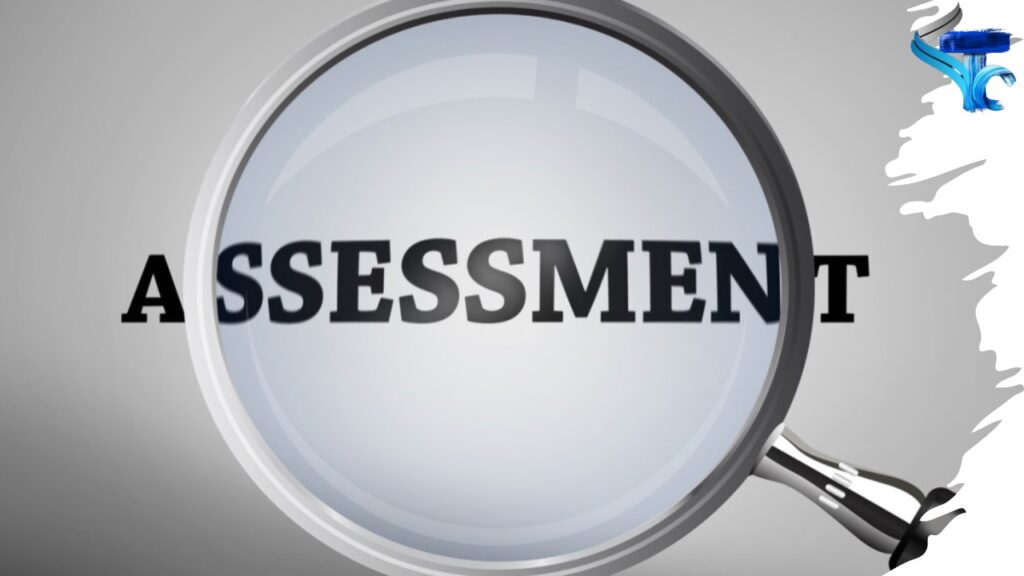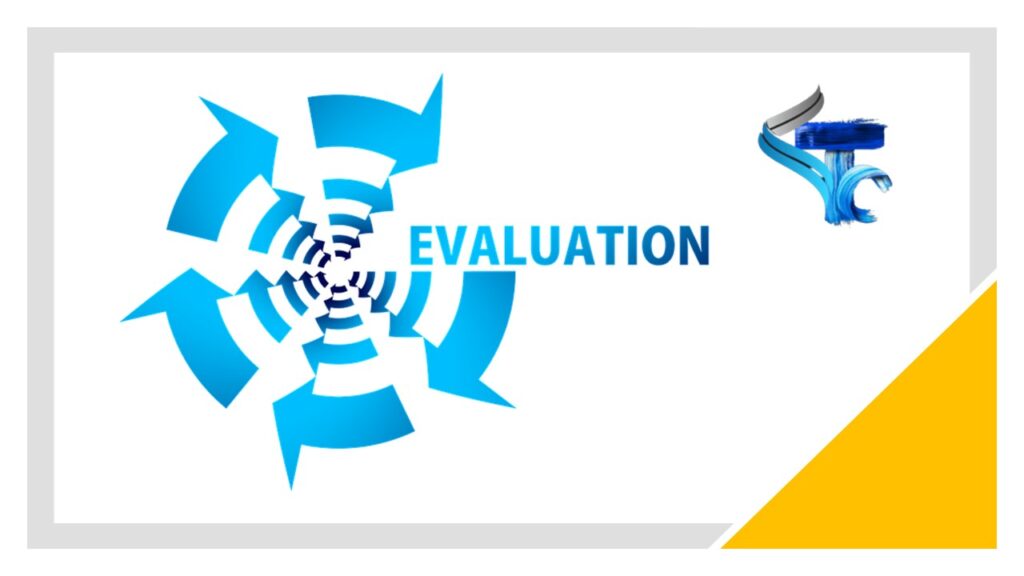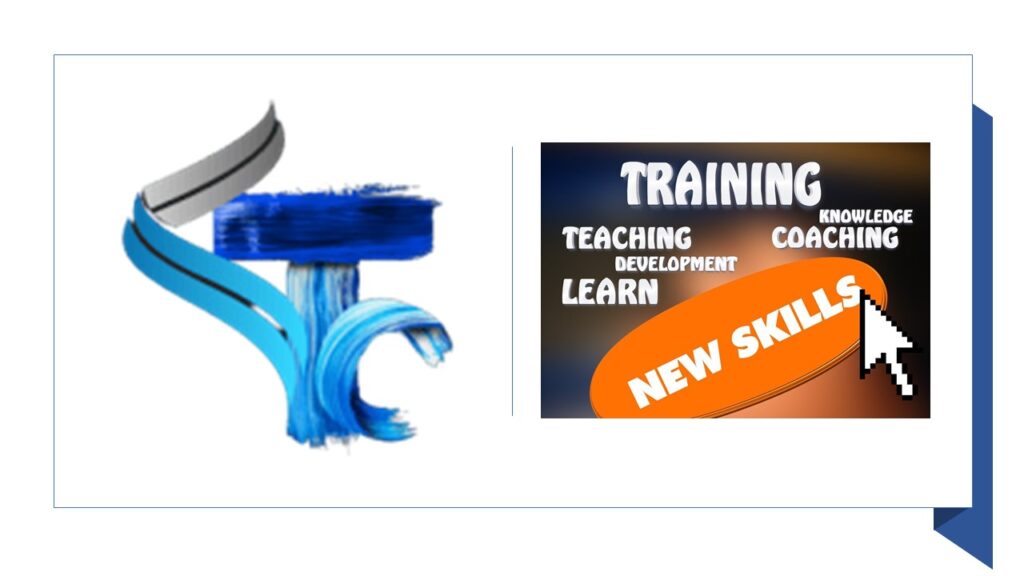In today’s fast-paced corporate world, training programs play a vital role in enhancing employee skills and knowledge. However, to design engaging assessments for these programs can be a challenging task. Assessments serve as valuable tools to evaluate the learning outcomes and ensure that employees have grasped the necessary information.

In this article, we will explore the importance of designing engaging assessments for corporate training programs and provide valuable insights into creating assessments that promote active learning and yield meaningful results.
Understanding The Purpose of Assessments (design engaging assessment)
Assessments serve a crucial purpose in corporate training programs. They provide a means to measure the effectiveness of the training, evaluate the participants’ understanding of the material, and identify any gaps in knowledge. Understanding the purpose of assessments helps trainers design assessments that align with the training objectives and accurately gauge the participants’ progress.
Design Engaging Assessments for Corporate Training Programs (design engaging assessment)
When designing engaging assessments for corporate training programs, it is crucial to consider various factors that contribute to effective learning. Firstly, assessments should align with the learning objectives of the training program. This ensures that the assessment content directly reflects what participants have learned and enables trainers to gauge the level of understanding and knowledge retention.
Additionally, incorporating interactive questions in assessments can enhance engagement and promote active learning. Instead of relying solely on multiple-choice questions, consider using different question formats such as drag-and-drop, matching, and fill-in-the-blanks. These formats require participants to actively recall and apply their knowledge, making the assessment experience more immersive. This is one of the best ways to design engaging assessments for corporate training.
Moreover, using real-world scenarios in assessments can make the content more relatable and practical. By presenting learners with challenges or situations they may encounter in their work environment, assessments can simulate real-life decision-making and problem-solving. This approach not only tests knowledge but also assesses the application of skills and critical thinking abilities. This is one of the best ways to design engaging assessments for corporate training.
Key Elements of Engaging Assessments (design engaging assessment)
Assessments serve a crucial purpose in corporate training programs. They provide a means to measure the effectiveness of the training, evaluate the participants’ understanding of the material, and identify any gaps in knowledge. Understanding the purpose of assessments helps trainers design assessments that align with the training objectives and accurately gauge the participants’ progress. An engaging assessment must have the following key elements. This is one of the best ways to design engaging assessments for corporate training.
1. Incorporating Interactive Questions
Interactive questions are an excellent way to enhance participant engagement in assessments. Instead of relying solely on traditional multiple-choice questions, trainers can incorporate various question formats such as drag-and-drop, matching, or scenario-based questions. These interactive question formats require participants to actively apply their knowledge, fostering a deeper understanding of the subject matter.

2. Using Real-World Scenarios
Assessments that include real-world scenarios allow participants to apply their knowledge and skills in practical situations. By presenting challenges or dilemmas that mimic what they may encounter in their work environment, participants can demonstrate their problem-solving abilities and decision-making skills. Real-world scenarios make assessments more relevant and meaningful, providing a holistic evaluation of the participants’ capabilities.
3. Aligning Assessments with Learning Objectives
To ensure the effectiveness of assessments, they must align closely with the learning objectives of the training program. Trainers should clearly define the desired outcomes and create assessments that directly assess participants’ understanding and application of the targeted knowledge and skills. By aligning assessments with learning objectives, trainers can accurately measure the success of the training program. This is one of the best ways to design engaging assessments for corporate training.
4. Leveraging Technology for Assessments
Technology offers various opportunities for enhancing assessment design. Trainers can leverage online assessment platforms or learning management systems to create interactive and multimedia-rich assessments. These platforms allow for the inclusion of videos, images, and simulations, providing a dynamic and engaging assessment experience. Additionally, technology enables automated grading and immediate feedback, streamlining the assessment process and enhancing the overall learning experience.
5. Providing Timely Feedback
Timely feedback is essential for participant learning and improvement. Trainers should establish a feedback system that provides participants with constructive and actionable feedback promptly after completing assessments. Feedback should focus on both strengths and areas for improvement, helping participants understand their performance and guiding them towards further development.
6. Promoting Collaborative Assessments
Collaborative assessments encourage participants to work together, fostering teamwork and enhancing communication skills. Trainers can design group projects or assessments that require participants to collaborate and solve problems collectively. Collaborative assessments promote knowledge sharing, critical thinking, and the ability to work effectively in a team, all of which are valuable skills in a corporate setting.

7. Balancing Formative and Summative Assessments
Both formative and summative assessments have their roles in corporate training programs. Formative assessments are ongoing assessments that monitor participants’ progress and provide feedback throughout the training program. Summative assessments, on the other hand, are typically conducted at the end of the program to measure the overall achievement. Trainers should strike a balance between these two types of assessments to ensure a comprehensive evaluation of participant learning. This is one of the best ways to design engaging assessments for corporate training.
Creating Assessments for Different Learning Styles (design engaging assessment)
People have different learning styles, and assessments should cater to these diverse preferences. Trainers can design assessments that include visual, auditory, and kinesthetic elements to accommodate different learning styles. Visual learners may benefit from charts, diagrams, or infographics, while auditory learners may prefer audio-based questions. By considering different learning styles, trainers can create assessments that resonate with a broader range of participants. Learn about different types of learners and how to handle them here.
Addressing Challenges in Assessment Design
Designing assessments can present challenges, such as ensuring fairness, avoiding bias, and preventing cheating. Trainers should employ strategies to address these challenges, such as using randomized question banks, implementing time limits, and establishing integrity guidelines. By proactively addressing assessment design challenges, trainers can create assessments that are reliable, valid, and yield accurate results.
Ensuring Assessment Security and Integrity (design engaging assessment)
Assessment security is crucial to maintain the integrity of the evaluation process. Trainers should implement measures to prevent cheating and protect the confidentiality of assessment content. This may include using secure online assessment platforms, employing proctoring services for remote assessments, or implementing strict protocols for in-person assessments. This is one of the best ways to design engaging assessments for corporate training.
Monitoring and Analyzing Assessment Results
Monitoring and analyzing assessment results provide valuable insights into the effectiveness of the training program and participant performance. Trainers should track and analyze assessment data to identify patterns, knowledge gaps, or areas of improvement. This information can guide future training initiatives and inform instructional design decisions. This is one of the best ways to design engaging assessments for corporate training.
Designing Pre- and Post-Training Assessments (design engaging assessment)
Pre- and post-training assessments are valuable tools for measuring the impact of the training program. Pre-training assessments establish a baseline of participants’ knowledge and skills before the training begins. Post-training assessments evaluate the participants’ progress and measure the acquired knowledge and skills. By comparing the pre- and post-training assessments, trainers can assess the effectiveness of the training program and identify areas of growth.

Utilizing Gamification in Assessments
Assessment security is crucial to maintain the integrity of the evaluation process. Trainers should implement measures to prevent cheating and protect the confidentiality of assessment content. This may include using secure online assessment platforms, employing proctoring services for remote assessments, or implementing strict protocols for in-person assessments. Learn more about gamification here.
Encouraging Self-Assessment and Reflection (design engaging assessment)
Self-assessment and reflection are powerful tools for self-directed learning and personal growth. Trainers should encourage participants to self-assess their performance and reflect on their strengths and areas for improvement. This process promotes self-awareness, critical thinking, and a proactive approach to professional development. This is one of the best ways to design engaging assessments for corporate training.
Personalizing Assessments for Learners
Personalized assessments consider individual participant needs and preferences. Trainers can offer options for participants to choose assessment formats or allow them to focus on specific areas of interest. Personalization enhances participant engagement and provides a tailored learning experience, leading to better learning outcomes.
Assessing Transfer of Learning
Assessing the transfer of learning measures participants’ ability to apply their acquired knowledge and skills in real-life situations. Trainers should design assessments that go beyond rote memorization and encourage participants to demonstrate their understanding and application of concepts in practical contexts. By assessing transfer of learning, trainers can ensure that participants can effectively apply what they have learned in their work environment.
Assessing Soft Skills and Behavior
Soft skills and behaviors are essential for success in the corporate world. Trainers should include assessments that evaluate participants’ interpersonal skills, communication abilities, leadership qualities, and ethical decision-making. Assessing soft skills and behaviors allows trainers to identify areas for improvement and tailor training interventions accordingly.
Continuous Improvement of Assessments
Assessment design is an iterative process that requires continuous improvement. Trainers should collect feedback from participants and stakeholders to identify areas for enhancement in assessment content, format, and delivery. By actively seeking feedback and implementing improvements, trainers can create assessments that evolve alongside the changing needs of the participants and the organization. This is one of the best ways to design engaging assessments for corporate training.
Additional Resources
- Designing Assessments for Virtual Training Programs
- The Role of Assessments in Competency-Based Training
- Ensuring Accessibility in Assessments
- Assessments for Leadership Development Programs
Conclusion
In conclusion, designing engaging assessments for corporate training in 2023 requires a deep understanding of the evolving landscape of learning and development. The availability of vast amounts of useful information and technological advancements provide trainers with valuable tools to create effective and immersive assessments.
One key aspect of designing engaging assessments is to align them with the overall learning objectives and desired outcomes of the corporate training program. By clearly defining the goals and objectives, trainers can develop assessments that accurately measure the knowledge and skills acquired by the employees.
Additionally, leveraging various assessment formats and technologies can significantly enhance engagement and interactivity. Traditional methods like multiple-choice questions and written assignments can be complemented with more dynamic formats such as simulations, case studies, and gamified assessments. These innovative approaches not only capture learners’ attention but also encourage active participation and critical thinking.

![The Power of Storytelling in Corporate Training: Igniting Success and Inspiring Growth [2023]](https://trainercentric.com/wp-content/uploads/2023/06/storytelling-1024x576.jpg)

